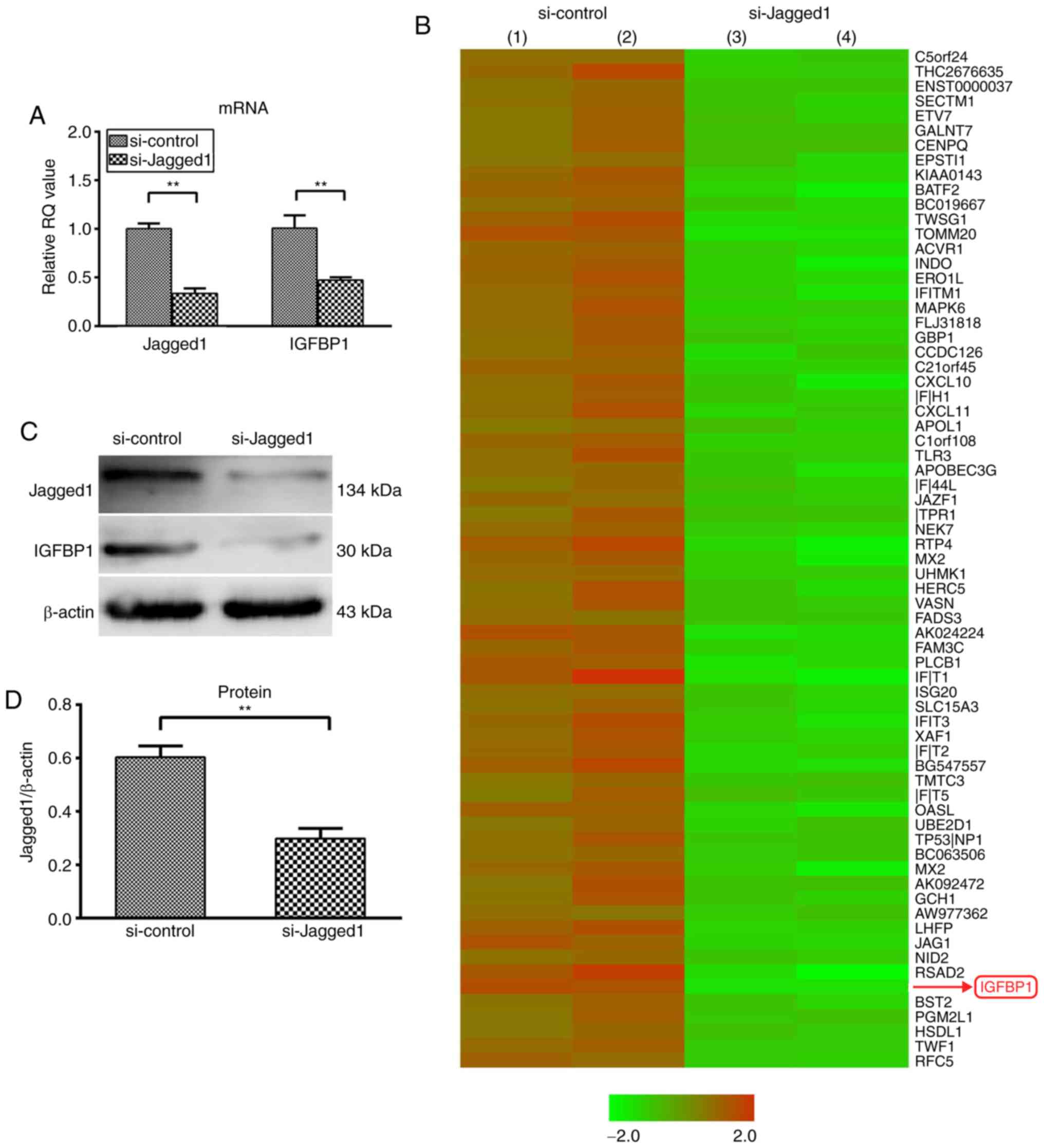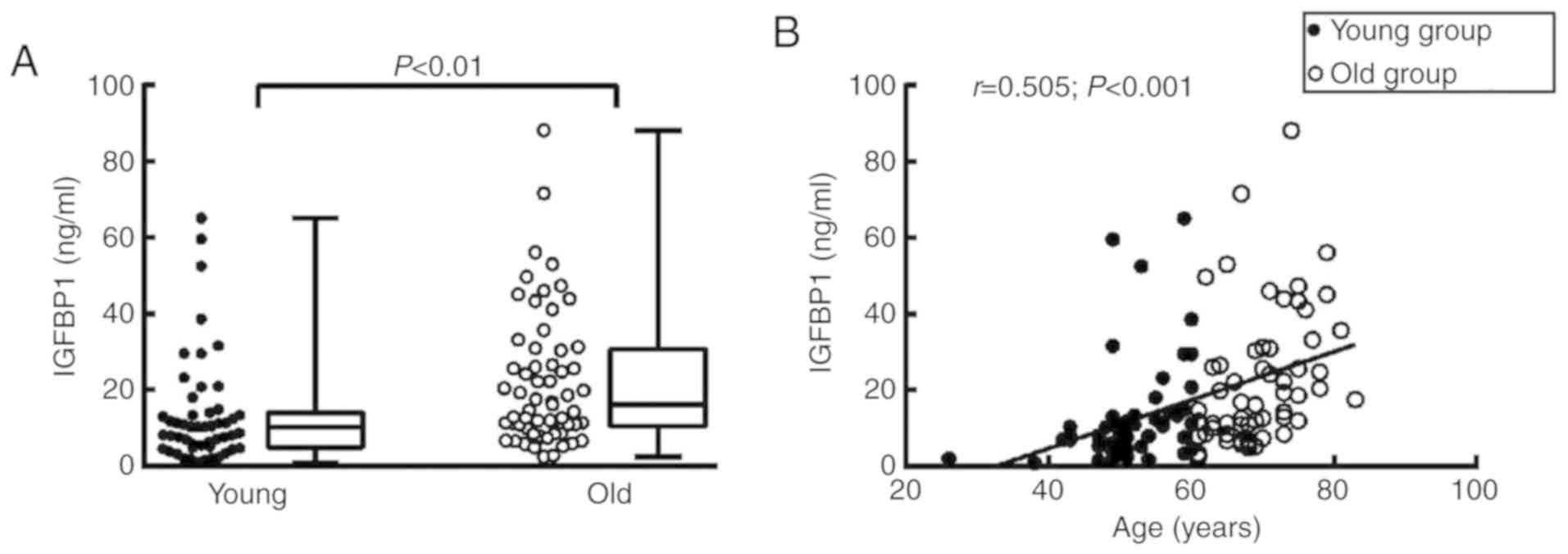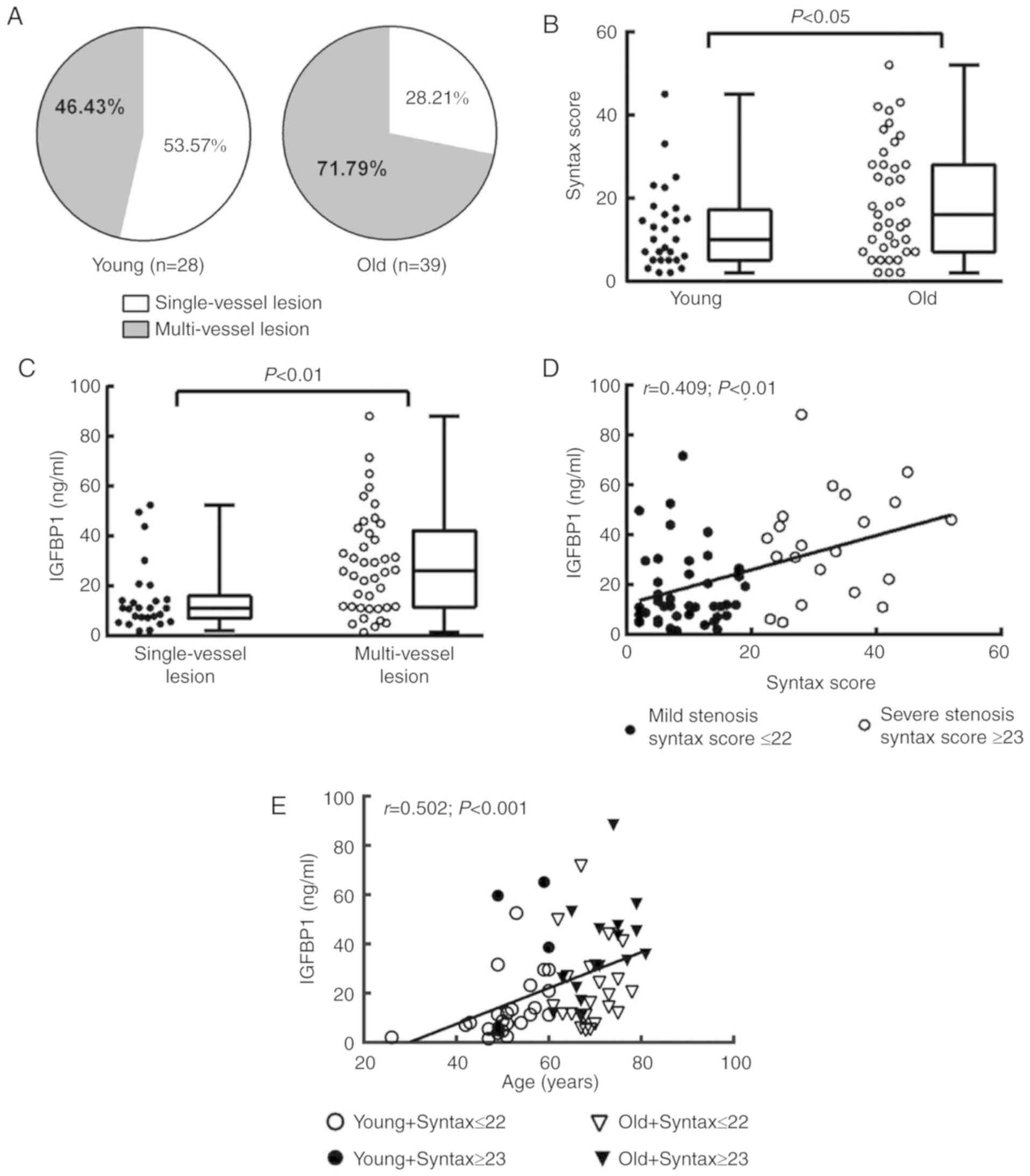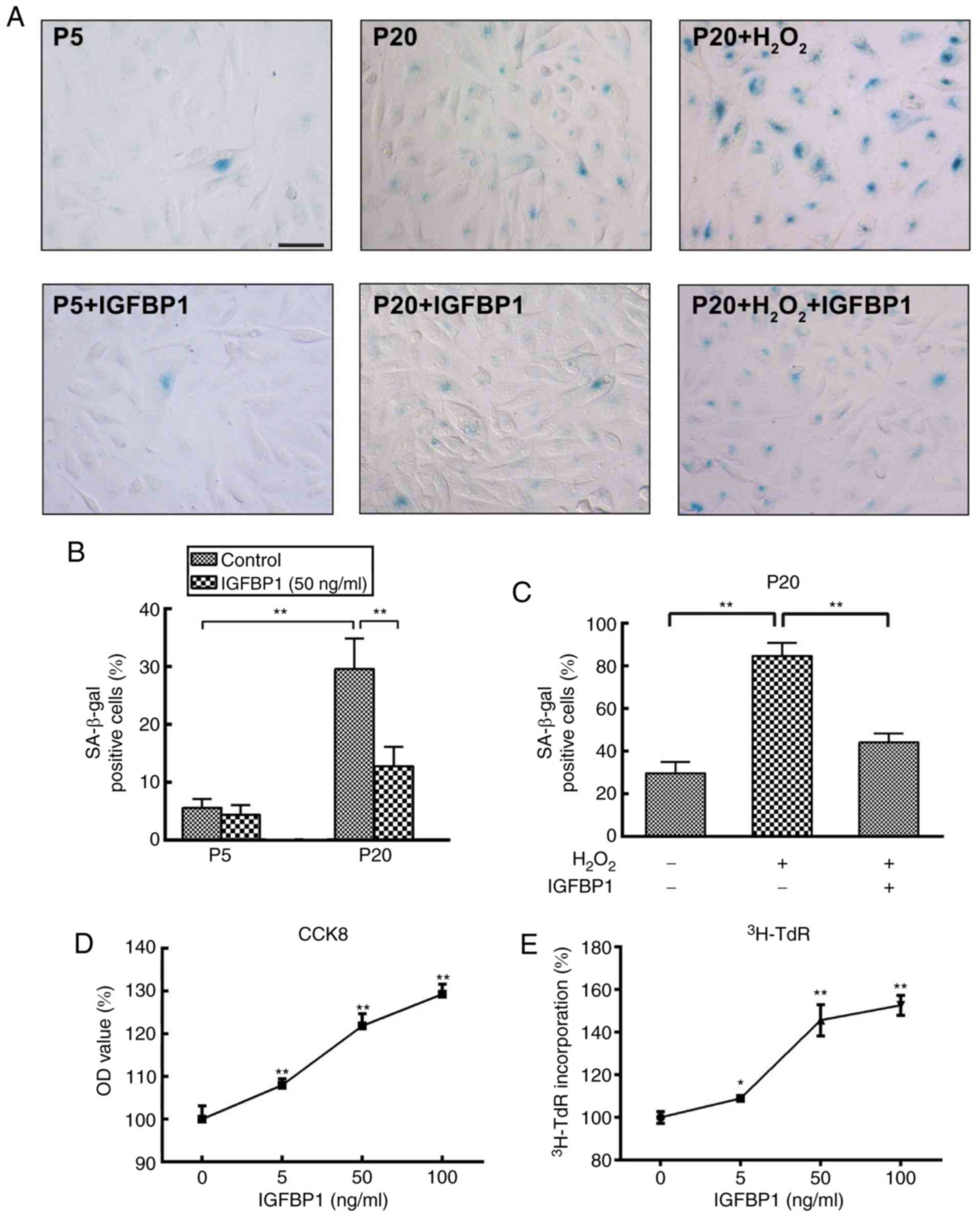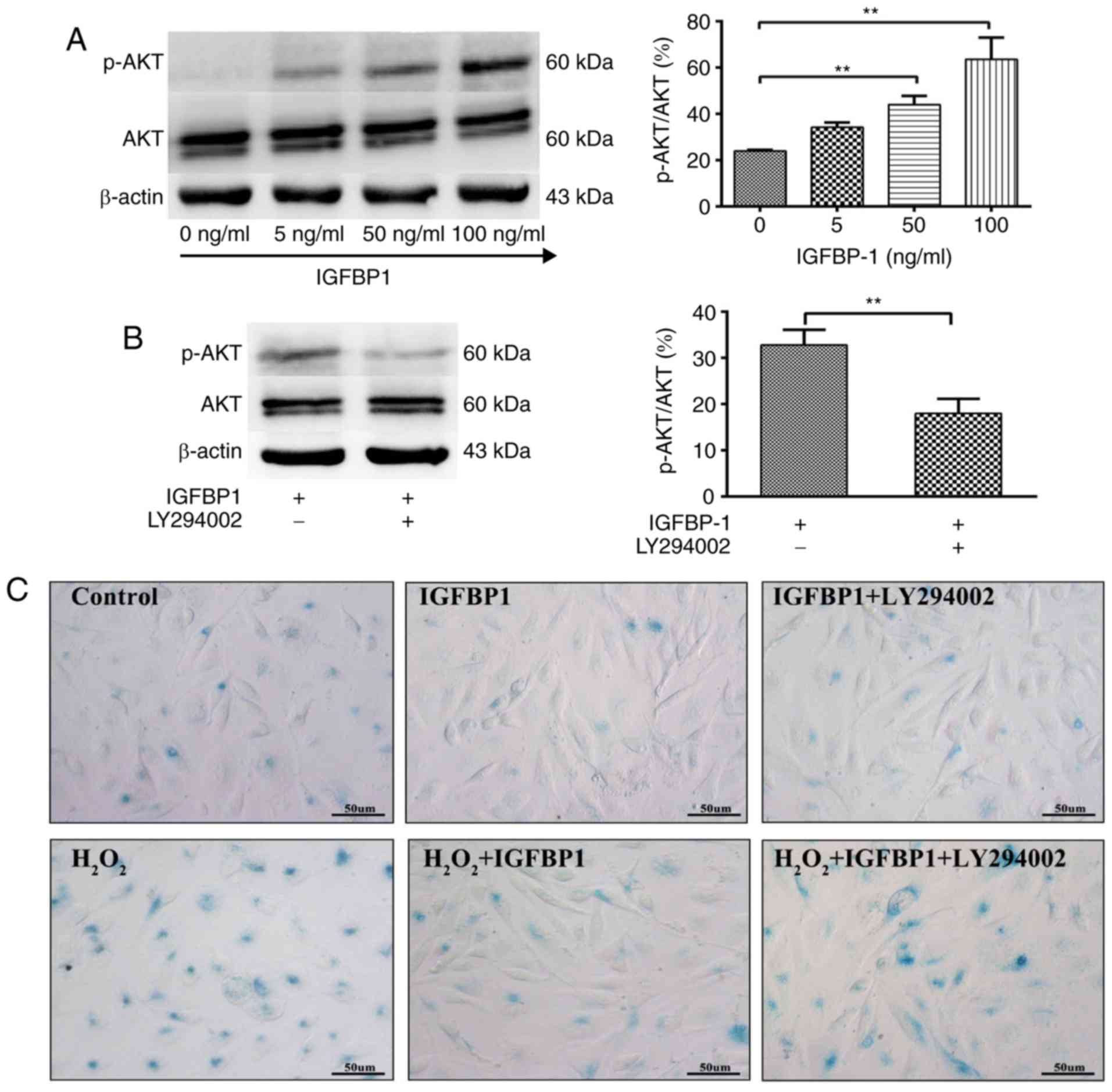|
1
|
Mukamal KJ, Kronmal RA, Tracy RP, Cushman
M and Siscovick DS: Traditional and novel risk factors in older
adults: Cardiovascular risk assessment late in life. . Am J Geriatr
Cardiol. 13:69–80. 2004. View Article : Google Scholar : PubMed/NCBI
|
|
2
|
Liu Y, Bloom SI and Donato AJ: The role of
senescence, telomere dysfunction and shelterin in vascular aging.
Microcirculation. 26:pp. e124872019, View Article : Google Scholar
|
|
3
|
Ungvari Z, Tarantini S, Kiss T, Wren JD,
Giles CB, Griffin CT, Murfee WL, Pacher P and Csiszar A:
Endothelial dysfunction and angiogenesis impairment in the ageing
vasculature. Nat Rev Cardiol. 15:555–565. 2018. View Article : Google Scholar : PubMed/NCBI
|
|
4
|
Yildiz O: Vascular smooth muscle and
endothelial functions in aging. Ann N Y Acad Sci. 1100:353–360.
2007. View Article : Google Scholar : PubMed/NCBI
|
|
5
|
Minamino T and Komuro I: Vascular cell
senescence: Contribution to atherosclerosis. Circ Res. 100:15–26.
2007. View Article : Google Scholar : PubMed/NCBI
|
|
6
|
Yin H and Pickering JG: Cellular
senescence and vascular disease: Novel routes to better
understanding and therapy. . Can J Cardiol. 32:612–623. 2016.
View Article : Google Scholar : PubMed/NCBI
|
|
7
|
High FA, Lu MM, Pear WS, Loomes KM,
Kaestner KH and Epstein JA: Endothelial expression of the Notch
ligand Jagged1 is required for vascular smooth muscle development.
. Proc Natl Acad Sci USA. 105:1955–1959. 2008. View Article : Google Scholar
|
|
8
|
Wu X, Zou Y, Zhou Q, Huang L, Gong H, Sun
A, Tateno K, Katsube K, Radtke F, Ge J, et al: Role of Jagged1 in
arterial lesions after vascular injury. Arterioscler Thromb Vasc
Biol. 31:2000–2006. 2011. View Article : Google Scholar : PubMed/NCBI
|
|
9
|
Wu X, Zhou Q, Huang L, Sun A, Wang K, Zou
Y and Ge J: Ageing-exaggerated proliferation of vascular smooth
muscle cells is related to attenuation of Jagged1 expression in
endothelial cells. Cardiovasc Res. 77:800–808. 2008. View Article : Google Scholar
|
|
10
|
Tetzlaff F and Fischer A: Control of blood
vessel formation by Notch signaling. Adv Exp Med Biol.
1066:319–338. 2018. View Article : Google Scholar : PubMed/NCBI
|
|
11
|
Gridley T: Notch signaling in vascular
development and physiology. Development. 134:2709–2718. 2007.
View Article : Google Scholar : PubMed/NCBI
|
|
12
|
Lindner V, Booth C, Prudovsky I, Small D,
Maciag T and Liaw L: Members of the Jagged/Notch gene families are
expressed in injured arteries and regulate cell phenotype via
alterations in cell matrix and cell-cell interaction. Am J Pathol.
159:875–883. 2001. View Article : Google Scholar : PubMed/NCBI
|
|
13
|
Rodríguez-Flores M, Rodríguez-Saldaña J,
Cantú-Brito C, Aguirre-García J and Alejandro GG: Prevalence and
severity of atherosclerosis in different arterial territories and
its relation with obesity. Cardiovasc Pathol. 22:332–338. 2013.
View Article : Google Scholar : PubMed/NCBI
|
|
14
|
van der Kaay D, Deal C, de Kort S,
Willemsen R, Leunissen R, Ester W, Paquette J, van Doorn J and
Hokken-Koelega A: Insulin-like growth factor-binding protein-1:
Serum levels, promoter polymorphism, and associations with
components of the metabolic syndrome in short subjects born small
for gestational age. . J Clin Endocrinol Metab. 94:1386–1392. 2009.
View Article : Google Scholar : PubMed/NCBI
|
|
15
|
Hu D, Pawlikowska L, Kanaya A, Hsueh WC,
Colbert L, Newman AB, Satterfield S, Rosen C, Cummings SR, Harris
TB, et al: Serum insulin-like growth factor-1 binding proteins 1
and 2 and mortality in older adults: The health, aging, and body
composition study. J Am Geriatr Soc. 57:1213–1218. 2009. View Article : Google Scholar : PubMed/NCBI
|
|
16
|
Yu YL, Chou RH, Shyu WC, Hsieh SC, Wu CS,
Chiang SY, Chang WJ, Chen JN, Tseng YJ, Lin YH, et al:
Smurf2-mediated degradation of EZH2 enhances neuron differentiation
and improves functional recovery after ischaemic stroke. EMBO Mol
Med. 5:531–547. 2013. View Article : Google Scholar : PubMed/NCBI
|
|
17
|
Lee MY, Wang Y and Vanhoutte PM:
Senescence of cultured porcine coronary arterial endothelial cells
is associated with accelerated oxidative stress and activation of
NFkB. . J Vasc Res. 47:287–298. 2010. View Article : Google Scholar
|
|
18
|
Shi Q, Aida K, Vandeberg JL and Wang XL:
Passage-dependent changes in baboon endothelial cells-relevance to
in vitro aging. . DNA Cell Biol. 23:502–509. 2004. View Article : Google Scholar : PubMed/NCBI
|
|
19
|
Livak KJ and Schmittgen TD: Analysis of
relative gene expression data using real-time quantitative PCR and
the 2(-Delta Delta C(T)) method. . Methods. 25:402–408. 2001.
View Article : Google Scholar
|
|
20
|
Leinonen ES, Salonen JT, Salonen RM,
Koistinen RA, Leinonen PJ, Sarna SS and Taskinen MR: Reduced
IGFBP-1 is associated with thickening of the carotid wall in type 2
diabetes. . Diabetes Care. 25:1807–1812. 2002. View Article : Google Scholar : PubMed/NCBI
|
|
21
|
Heald AH, Siddals KW, Fraser W, Taylor W,
Kaushal K, Morris J, Young RJ, White A and Gibson JM: Low
circulating levels of insulin-like growth factor binding protein-1
(IGFBP-1) are closely associated with the presence of macrovascular
disease and hypertension in type 2 diabetes. . Diabetes.
51:2629–2636. 2002. View Article : Google Scholar : PubMed/NCBI
|
|
22
|
Quillien A, Moore JC, Shin M, Siekmann AF,
Smith T, Pan L, Moens CB, Parsons MJ and Lawson ND: Distinct Notch
signaling outputs pattern the developing arterial system. .
Development. 141:1544–1552. 2014. View Article : Google Scholar : PubMed/NCBI
|
|
23
|
Balistreri CR, Madonna R, Melino G and
Caruso C: The emerging role of Notch pathway in ageing: Focus on
the related mechanisms in age-related diseases. . Ageing Res Rev.
29:50–65. 2016. View Article : Google Scholar : PubMed/NCBI
|
|
24
|
Venkatesh D, Fredette N, Rostama B, Tang
Y, Vary CP, Liaw L and Urs S: RhoA-mediated signaling in
Notch-induced senescence-like growth arrest and endothelial barrier
dysfunction. . Arterioscler Thromb Vasc Biol. 31:876–882. 2011.
View Article : Google Scholar : PubMed/NCBI
|
|
25
|
Sandhu MS, Heald AH, Gibson JM,
Cruickshank JK, Dunger DB and Wareham NJ: Circulating
concentrations of insulin-like growth factor-I and development of
glucose intolerance: A prospective observational study. . Lancet.
359:1740–1745. 2002. View Article : Google Scholar : PubMed/NCBI
|
|
26
|
Heald AH, Cruickshank JK, Riste LK, Cade
JE, Anderson S, Greenhalgh A, Sampayo J, Taylor W, Fraser W, White
A and Gibson JM: Close relation of fasting insulin-like growth
factor binding protein-1 (IGFBP-1) with glucose tolerance and
cardiovascular risk in two populations. Diabetologia. 44:333–339.
2001. View Article : Google Scholar : PubMed/NCBI
|
|
27
|
Lewitt MS, Hilding A, Ostenson CG, Efendic
S, Brismar K and Hall K: Insulin-like growth factor-binding
protein-1 in the prediction and development of type 2 diabetes in
middle-aged Swedish men. . Diabetologia. 51:1135–1145. 2008.
View Article : Google Scholar : PubMed/NCBI
|
|
28
|
Wheatcroft SB and Kearney MT:
IGF-dependent and IGF-independent actions of IGF-binding protein-1
and -2: Implications for metabolic homeostasis. . Trends Endocrinol
Metab. 20:153–162. 2009. View Article : Google Scholar : PubMed/NCBI
|
|
29
|
Janssen JA, Stolk RP, Pols HA, Grobbee DE
and Lamberts SW: Serum total IGF-I, free IGF-I, and IGFB-1 levels
in an elderly population: Relation to cardiovascular risk factors
and disease. . Arterioscler Thromb Vasc Biol. 18:277–282. 1998.
View Article : Google Scholar : PubMed/NCBI
|
|
30
|
Nolte AA, Movin M, Lundin H and Salminen
H: IGFBP-1 predicts all-cause mortality in elderly women
independently of IGF-I. Growth Horm IGF Res. 25:281–285. 2015.
View Article : Google Scholar : PubMed/NCBI
|
|
31
|
Chisalita SI, Dahlström U, Arnqvist HJ and
Alehagen U: Proinsulin and IGFBP-1 predicts mortality in an elderly
population. Int J Cardiol. 174:260–267. 2014. View Article : Google Scholar : PubMed/NCBI
|
|
32
|
Rutkute K and Nikolova-Karakashian MN:
Regulation of insulin-like growth factor binding protein-1
expression during aging. . Biochem Biophys Res Commun. 361:263–269.
2007. View Article : Google Scholar : PubMed/NCBI
|
|
33
|
Kalkan K, Hamur H, Yildirim E, Ipek E,
Ermis E, Ozturk M, Karal H, Korkmaz AF, Bayantemur M and Demirelli
S: The comparison of angiographic scoring systems with the
predictors of atherosclerosis. . Angiology. 69:158–163. 2018.
View Article : Google Scholar
|
|
34
|
Wykrzykowska JJ, Garg S, Girasis C, de
Vries T, Morel MA, van Es GA, Buszman P, Linke A, Ischinger T,
Klauss V, et al: Value of the SYNTAX score for risk assessment in
the all-comers population of the randomized multicenter LEADERS
(Limus Eluted from A Durable versus ERodable Stent coating) trial.
J Am Coll Cardiol. 56:272–277. 2010. View Article : Google Scholar : PubMed/NCBI
|
|
35
|
Vogel RA: Biomarkers of high-grade
coronary stenosis: Searching for seventies. J Am Coll Cardiol.
69:1157–1159. 2017. View Article : Google Scholar : PubMed/NCBI
|
|
36
|
Ibrahim NE, Januzzi JL Jr, Magaret CA,
Gaggin HK, Rhyne RF, Gandhi PU, Kelly N, Simon ML, Motiwala SR,
Belcher AM and van Kimmenade RRJ: A clinical and biomarker scoring
system to predict the presence of obstructive coronary artery
disease. . J Am Coll Cardiol. 69:1147–1156. 2017. View Article : Google Scholar : PubMed/NCBI
|
|
37
|
Rajwani A, Ezzat V, Smith J, Yuldasheva
NY, Duncan ER, Gage M, Cubbon RM, Kahn MB, Imrie H, Abbas A, et al:
Increasing circulating IGFBP1 levels improves insulin sensitivity,
promotes nitric oxide production, lowers blood pressure, and
protects against atherosclerosis. Diabetes. 61:915–924. 2012.
View Article : Google Scholar : PubMed/NCBI
|
|
38
|
Borai A, Livingstone C, Ghayour-Mobarhan
M, Abuosa A, Shafi S, Mehta S, Heidari A, Emadzadeh A, Wark G and
Ferns G: Serum insulin-like growth factor binding protein-1
(IGFBP-1) phosphorylation status in subjects with and without
ischaemic heart disease. . Atherosclerosis. 208:593–598. 2010.
View Article : Google Scholar
|
|
39
|
Wang J, Razuvaev A, Folkersen L, Hedin E,
Roy J, Brismar K and Hedin U: The expression of IGFs and IGF
binding proteins in human carotid atherosclerosis, and the possible
role of IGF binding protein-1 in the regulation of smooth muscle
cell proliferation. . Atherosclerosis. 220:102–109. 2012.
View Article : Google Scholar
|
|
40
|
Cahill PA and Redmond EM: Vascular
endothelium-Gatekeeper of vessel health. . Atherosclerosis.
248:97–109. 2016. View Article : Google Scholar : PubMed/NCBI
|
|
41
|
Head T, Daunert S and Goldschmidt-Clermont
PJ: The aging risk and atherosclerosis: A fresh look at arterial
homeostasis. . Front Genet. 8:2162017. View Article : Google Scholar
|















